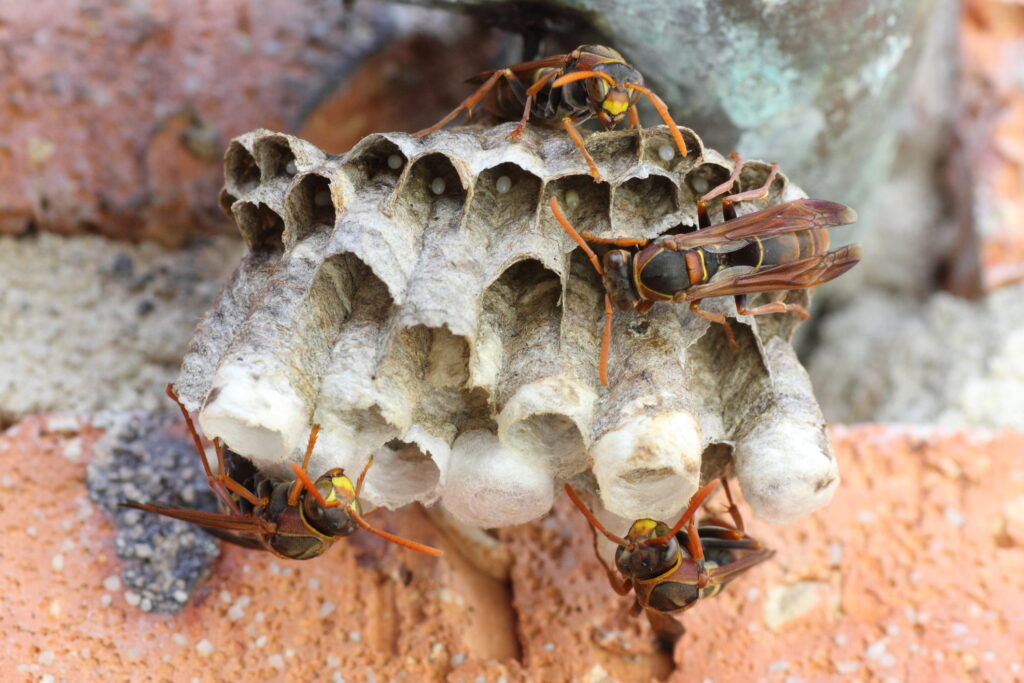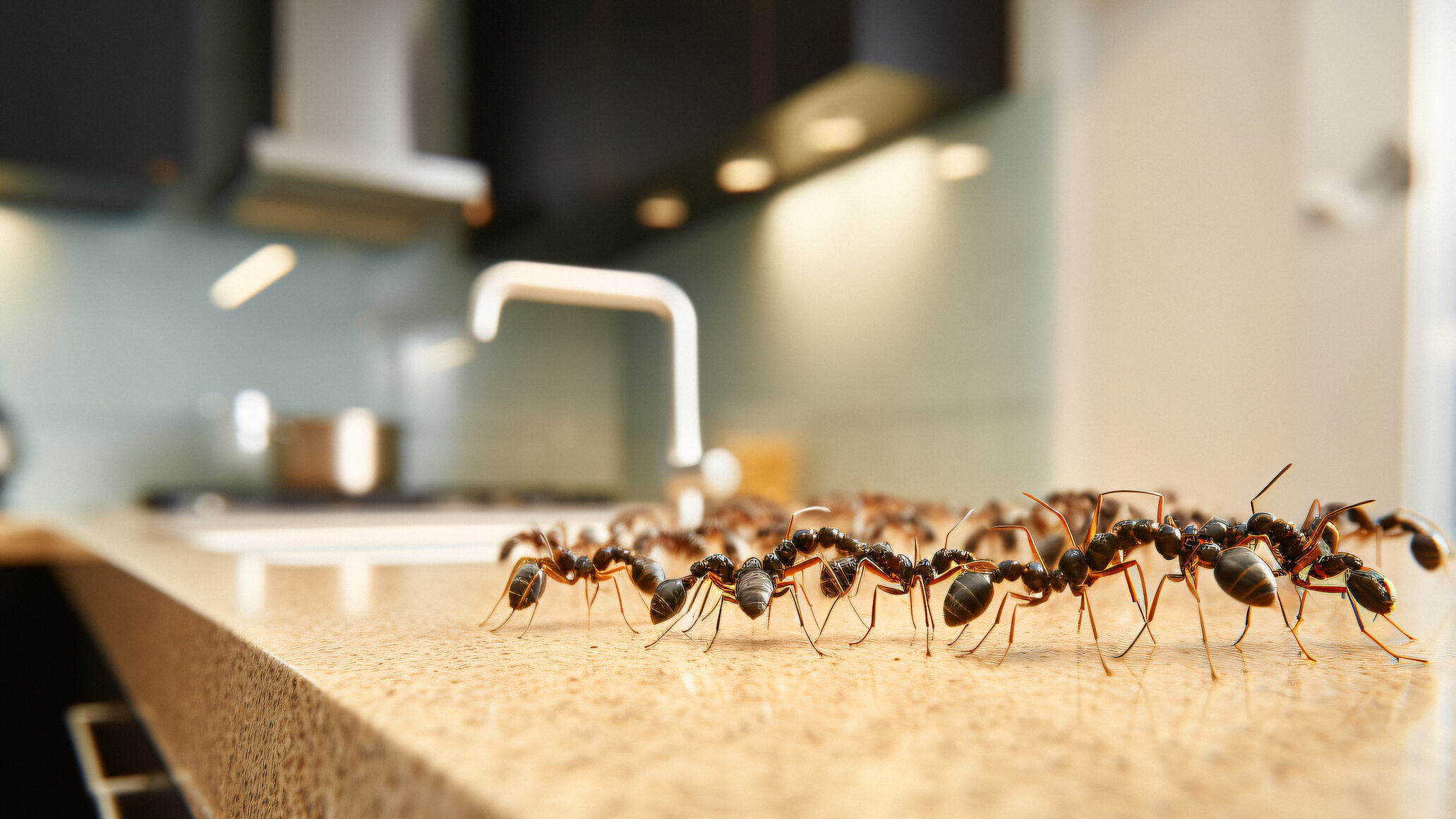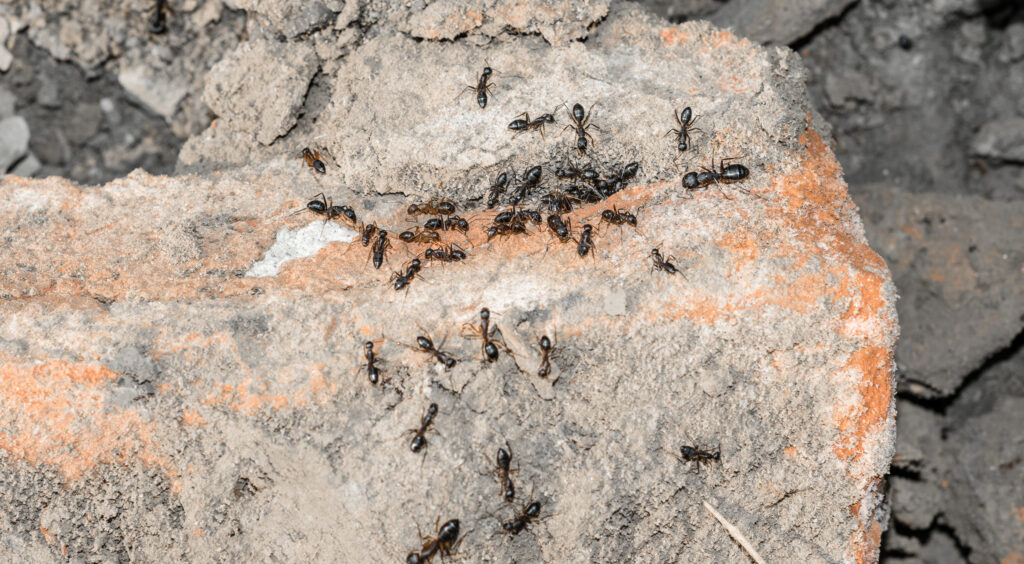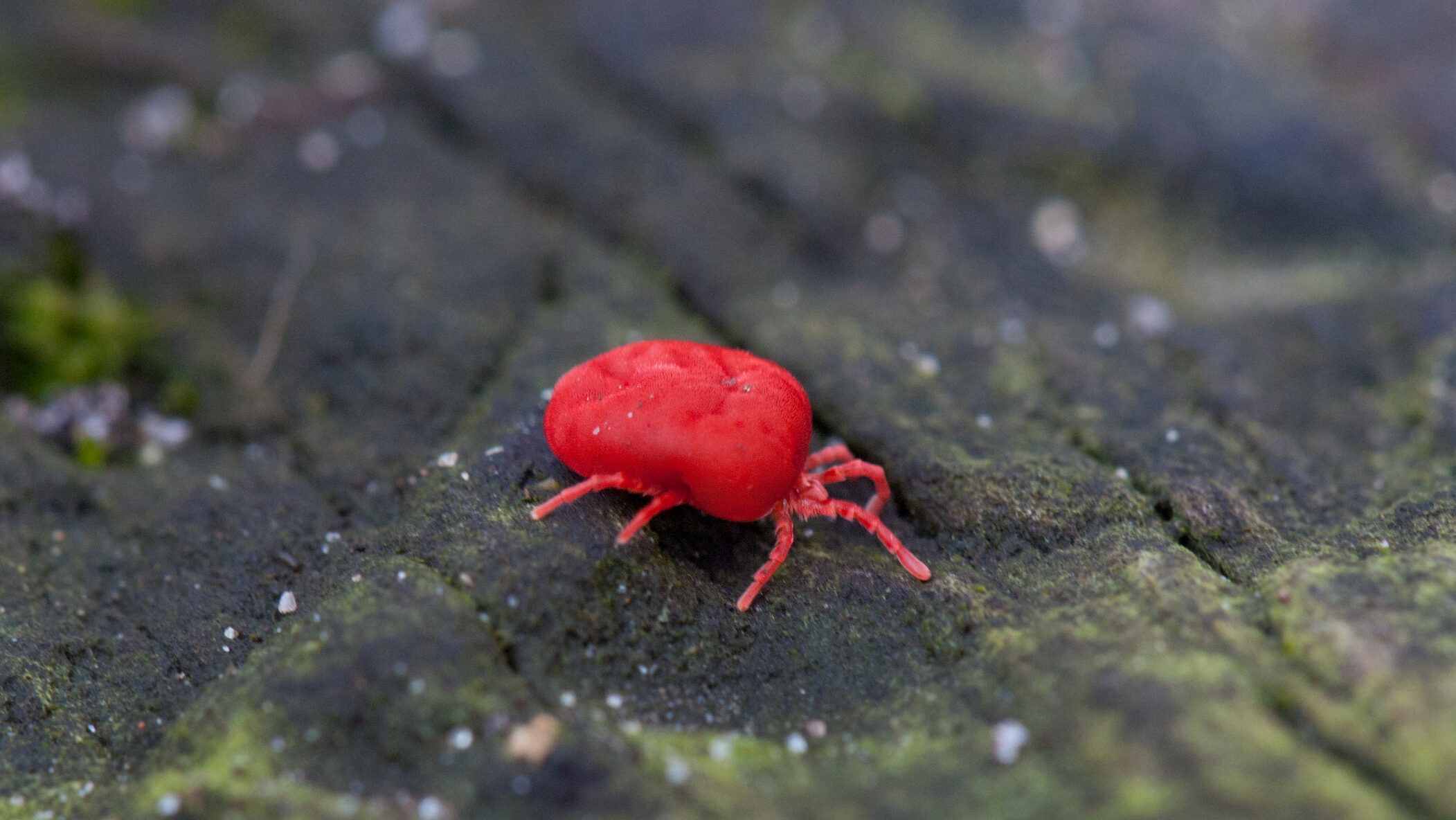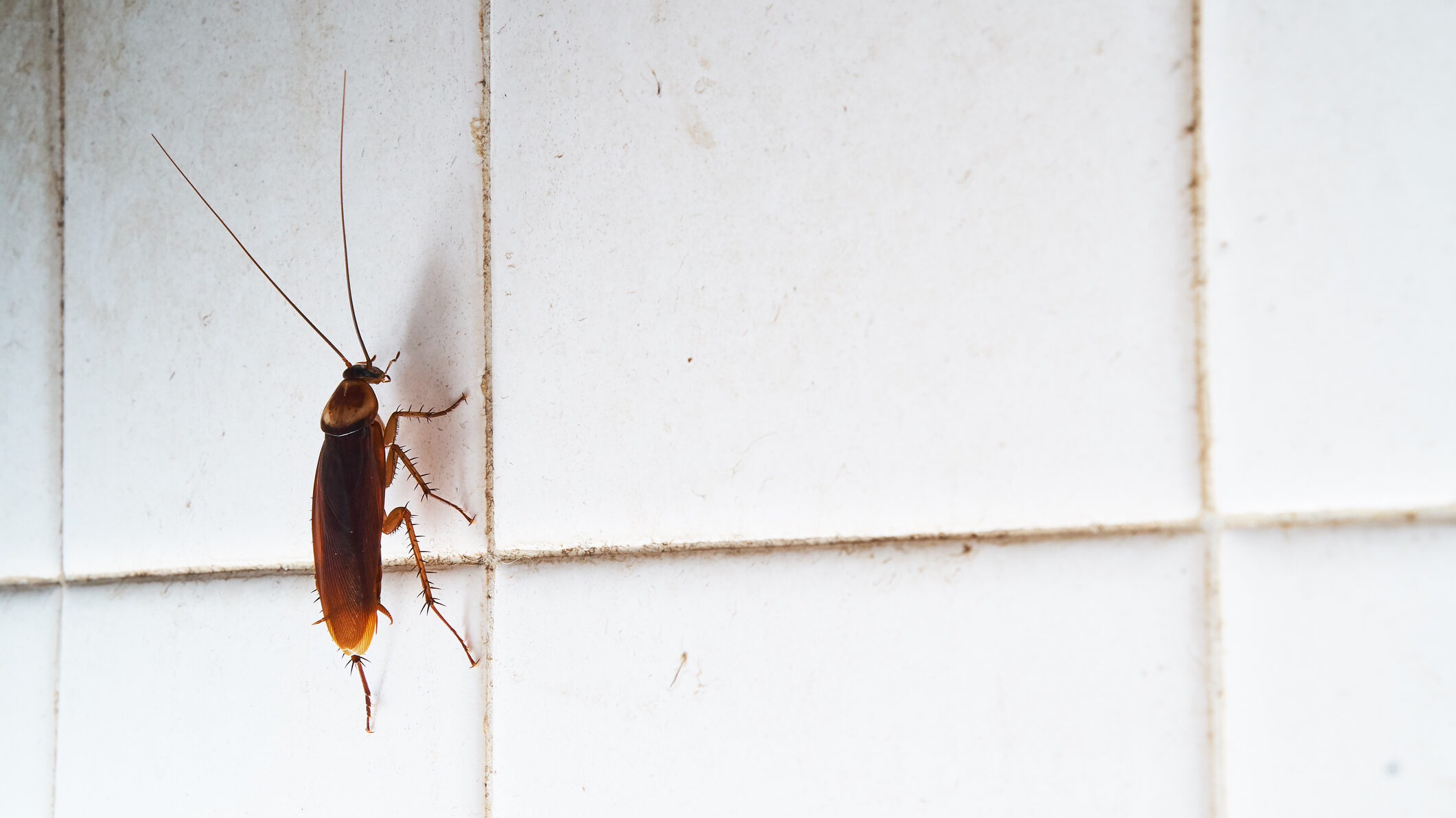
Living in the beautiful Hill Country of Canyon Lake, TX, comes with stunning lake views and warm weather—but also the challenge of scorpions. These nocturnal arachnids, especially the striped bark scorpion common in Texas, can invade homes seeking shelter, posing a painful threat to you and your family. Effective scorpion control in Canyon Lake, TX, requires a proactive approach to prevent infestations and ensure peace of mind. Follow this guide to protect your property from scorpions year-round.
Why Scorpions Are a Problem in Canyon Lake, TX
Canyon Lake’s warm climate and rocky terrain make it a haven for scorpions. The striped bark scorpion, identifiable by its yellow-tan body and dark stripes, thrives in this environment, hiding under rocks, logs, or debris. When outdoor conditions turn hot or dry, scorpions often seek cool, moist indoor spaces, entering homes through tiny cracks or gaps. While most stings cause pain similar to a wasp sting, allergic reactions can be severe, especially for children or pets. With our long warm season from April until November, scorpions can remain active the majority of the year.
Steps for Effective Scorpion Control in Canyon Lake, TX
Here’s how to keep scorpions out of your Canyon Lake home with a combination of DIY prevention and professional help. When asked what I use for scorpions my answer is always “everything!”
1. Seal Entry Points
Scorpions can slip through gaps as small as 1/16 of an inch. Make your home a fortress against these pests:
- Inspect and Seal: Check windows, doors, and foundation cracks. Use weatherstripping, caulk, or door sweeps to close gaps. Every single gap you can find needs to be closed, especially if you’re in a higher population scorpion area like Spring Branch or Fischer, TX.
- Repair Screens: Ensure window and vent screens are intact. From my experience, most houses have original screens and many of them are in very poor shape. Be sure to inspect yours for holes or improper fitment.
- Check Pipes and Vents: Seal around plumbing or utility entries with steel wool or mesh. Mesh works amazingly at keeping scorpions out of gaps. Garage doors never seal well and mesh helps keep scorpions out really well.
Local Tip: Canyon Lake homes near wooded areas or the lake may need extra attention to foundation cracks due to the rocky soil. They typically hide is rocks ¾” or larger, so be aware of this when landscaping and using river rock or other bigger rocks.
2. Reduce Scorpion Habitats
Scorpions love clutter and moisture, so tidy up your property:
- Clear Debris: Remove piles of rocks, logs, or leaves from your yard. Keep firewood at least 20–30 feet from your home and elevated off the ground.
- Trim Vegetation: Cut back shrubs or trees touching your home, as scorpions use them as bridges. Also keep shrubbery trimmed away from the foundation so a proper treatment can be applied.
- Manage Moisture: Fix leaky pipes, clear clogged gutters, and avoid overwatering lawns to reduce damp spots. In our hot, dry summers they will come searching for cool spots and water to survive. Excess moisture around your home draws them closer.
Canyon Lake Insight: Pools are common here—shake out towels or clothing left near pools to avoid hidden scorpions. It is also not uncommon to find scorpions that went into the pool and could not get back out!
3. Eliminate Food Sources
Scorpions feed on insects like crickets, roaches, and spiders. Controlling these pests reduces scorpion attraction:
- Indoor Cleanliness: Vacuum regularly, seal pantry food in airtight containers, and take out trash frequently.
- Outdoor Maintenance: Use insect-repellent lighting (yellow or LED bulbs) and keep mulch away from your home’s foundation.
- Professional Insect Control: Target prey insects with eco-friendly treatments to starve scorpions out and slow scorpions down that travel through the treated area.
4. Use Scorpion-Specific Treatments
DIY treatments can help, but scorpions are tough to eliminate with pesticides alone due to their hiding habits:
- Residual Sprays: Apply EPA-approved, pet-safe insecticides around your home’s perimeter, focusing on corners, attics, and basements. Three feet up the foundation and three feet away from the foundation is a typical treatment area.
- Dust Treatments: Use diatomaceous earth or silica dust in hard-to-reach areas like crawlspaces. Professionals like myself have dusters that can reach places that are typically hard to reach, like crawl spaces and attic corners.
- Traps: Place sticky traps in dark corners or near entry points to monitor scorpion activity. I go through 75-100 glue traps a week during my peak season. They work great and do not go bad. An added benefit besides being safe is they attract more insects after catching a few bugs in there. So more bugs travel into them going after the food source, reducing pests and prey at the same time.
5. Partner with Local Professionals
For lasting scorpion control in Canyon Lake, TX, professional pest control services are your best bet. Local experts, like those at Alternative Pest Control, offer tailored solutions:
- Thorough Inspections: Technicians check common hiding spots, such as attics, garages, and rock piles. They can make suggestions on exclusion and property maintenance to get the best results in the long-term.
- Customized Treatments: They apply targeted products and recommend habitat changes specific to your property. Most of our calls are for scorpions, so we have thousands of services completed to know how to control them the most effective ways possible.
- Ongoing Protection: Quarterly, bi-monthly, or monthly plans prevent scorpions and other pests like spiders or ants, which are also common in Canyon Lake and Spring Branch.
Why Local Matters: Canyon Lake providers understand the area’s unique pest challenges, from scorpions to carpenter ants, and use methods suited to the Texas Hill Country. I also have numerous scorpions at my house too, so I know how it feels to be concerned about them getting inside.
Benefits of Professional Scorpion Control in Canyon Lake, TX
Hiring a local pest control service offers advantages over DIY efforts:
- Expertise: Licensed technicians know scorpion behavior and where they hide, ensuring thorough treatment. We have tools and equipment that reaches areas a DIY treatment cannot. We also have years or training and practice eliminating your issues.
- Safety: Professionals use low-impact, family-friendly products to minimize risks. We offer perimeter only options as well if you want to minimize exposure to our products.
- Year-Round Defense: Regular visits address seasonal pest surges, keeping your home protected. Most homeowners do not realize that even professional sprays only hold up for 4-6 weeks on average during summer months, so the need for follow-ups and regular treatments is even more important.
- Peace of Mind: Services will usually (but not always) get more effective over time, meaning you will see less and less of the scorpions as the years pass.
What to Do If You Find a Scorpion
Spotting a scorpion can be alarming, but stay calm:
- Don’t Touch It: Use gloves and a bowl with cardboard to trap and release it far from your home. However I just stomp them and make sure it’s dead!
- Check for More: Scorpions often travel in groups, so inspect dark, cool areas. A black-light flashlight will help you find them in the dark. They glow in the dark when the UV flashlights shines on them, helping you to spot them in their hiding places around the home.
- Call a Pro: If you see multiple scorpions or suspect an infestation, contact Alternative Pest Control immediately.
Emergency Tip: If stung, wash the area with soap and water, apply a cold compress, and seek medical attention if symptoms worsen, especially for young children or those with allergies. I personally make a baking soda paste mixing water with a teaspoon of baking soda and applying the paste to the sting. It will help pull the venom out and works fairly quickly.
Why Choose a Canyon Lake Pest Control Service?
Canyon Lake, TX, is prone to scorpions due to its warm, rocky environment, making professional scorpion control essential. Local companies like Alternative Pest Control have decades of experience with Texas pests, offering customized plans that address scorpions, termites, and more. Our commitment to eco-friendly methods and community trust makes us the ones to call for all your pest control needs.
Take Control of Scorpions Today
Don’t let scorpions turn your Canyon Lake home into their hideout. By sealing entry points, reducing habitats, and partnering with a trusted pest control service, you can enjoy your property without fear of painful stings. For the best scorpion control in Canyon Lake, TX, contact us today and start building a pest-free future!

